IV Congresso Brasileiro de Rochagem: Highlights from the Presentations in Portuguese
(Clockwise from top right) Dr. Magda Bergmann, Prof. Suzi Huff Theodoro, and Dr. Antonio N. Zamunér Filho.
“I was converted,” confessed agronomist Antônio Bizão. Listening to Bizão’s skepticism of stonemeal was the highlight of the IV Congresso Brasileiro de Rochagem (which translates to “IV Brazilian Congress of Stonemeal”). Bizão talked of his intention, years ago, to denounce professionals who defended the use of silicate rocks for agriculture, before conducting experiments himself and obtaining replicable positive results. We were listening to a stonemeal Saul of Tarsus and the moment allowed me a glimpse of a community of farmers and agronomists coming to know, practice, and promote the use of rock dust (as a result of the inevitable course of scientific evolution). Today, Bizão is a consultant in stonemeal and presented dozens of successful cases in Brazil during his lecture at the conference.
After being delayed several times as a result of the pandemic, the IV Congresso Brasileiro de Rochagem occurred virtually, reaching a larger audience that grew from lecture videos posted on Youtube by the CPRM (Geological Survey of Brazil) channel. Dr. Suzi Huff Theodoro, geologist professor at University of Brasília and advocate for stonemeal, opened the event with a lecture entitled “Understanding Tropical Soils”, pointing to stonemeal as a paradigm shift in soil fertility management. “Changing the sources [of fertilization] is an ideological, scientific and economic confrontation”, explained Theodoro, whose statement was later perfectly illustrated by the testimony of Bizão. Theodoro also defended the need to expand the supply of remineralizers and credit incentives in Brazil, in addition to creating new markets and supply chains.
The lecture “Panorama for remineralizers in Brazil: A look at the present and the future,” by the Embrapa geologist Dr. Eder Martins, revealed promising data. In 2020, more than 1.5 million tons of remineralizers were produced and consumed in Brazil (almost 70% more than in 2019). According to the geologist, consumption prospects for the next 5 or 10 years are 10 million tons per year. Martins also pointed out the importance of bio-inputs, the regionalization of the use of rocks in Brazil, and the creation of carbon sequestration metrics for stonemeal. For Martins, the increase in demand for fertilizers during the pandemic and the currency crisis converted into opportunities for the remineralizers market. He warned about a crisis of potassium and phosphorus, expected for the second half of this century.
“How Remineralizers can help build soils”, by Dr. Antônio Carlos de Azevedo, introduced concepts related to the behavior of remineralizers in the soil, such as neogenesis (the formation of new minerals), incongruent dissolution (when different minerals dissolve and precipitate simultaneously), organomineral complexes (defined here as, “organic matter, mostly made of humus, combining with minerals in the soil”), among others. His research group (GPENSO-USP) has been carrying out studies on the interaction of microorganisms in saprolites and rock powders, basic research that can help the selection of solubilizing bio-inputs. De Azevedo also warned about deviations in the determination of the soil cation exchange capacity and used his final speech to protest about the cutting of funds affecting research agencies in Brazil (CNPQ, CAPES, and others).
Lectures such as the one by the Remineralize the Earth volunteer translator, Dr. Jean Braga (“Mapping the dissolution of mineral grains by scanning electron microscope and energy dispersive x-ray spectroscopy”) and Roseclênia Santos (“Interferences in the determination of cation exchange capacity in remineralized soils”) raised the possibility of improvements in analytical procedures and techniques.
“Structure of bacterial communities after application of rock dust to the soil” by Betânia Reis addressed the reaction of microorganisms to stonemeal, highlighting the segregation of communities depending on the type of rock, especially regarding acidity. A graph presented by Reis caught my attention (figure). It illustrates the results of a comparative experiment between potassium chloride (KCl), which is found in many conventional fertilizers, and different rock powders applied to tropical grass. They measured the potassium absorbed by grass and the potassium lost by leaching from the different inputs after 8 months. The graph shows the consumption of potassium from the plant was about the same for all inputs, but the content of potassium leached was much higher for KCl. The results illustrate what might be the heart of remineralization, as they suggest that plants only consume what they need and warn about the waste related to the use of soluble inputs in tropical climates.
According to Zamunér: “We are not here to justify the use of remineralizers. This is already established, guaranteed, and scientifically proven. We are here to increase knowledge on the subject.”
In his lecture “Biosolubilization of rocks in a carbonatite complex”, Dr. Antonio N. Zamunér Filho presented research that used simple fungi and bacteria to solubilize amphibolites, picrites, rhyolites, and carbonatites belonging to the Catalão Carbonatitic Complex, a geological unit located in the center-west of Brazil. Zámuner explained that these are not the most suitable microorganisms in biosolubilization processes, but they were chosen because they are easy to access and incorporate into biological inputs. The fungus Saccharomyces cerevisiae applied to a calcitic carbonatite and rock blend showed the best results, mainly for calcitic carbonatite (high solubility). For Zámuner, the biosolubility of rock dust is a way to achieve sustainable food production in a field where there is a lot of room for improvement (and need for it). In 2020, Brazil imported 94% of the potassium, 76% of the nitrogen, and 55% of the phosphorus it consumed, spending the equivalent of US$ 1.9 billion. Prof. Zámuner also highlights the increase in agricultural productivity in Brazil (production per area) and how this improvement in efficiency is essential for meeting the expected food demand for the coming decades.
Representing the Geological Survey of Brazil, geologist and researcher Magda Bergmann presented the lecture “Mineral waste: by-products and co-products with potential for agricultural use.” The institution develops agrogeology zoning projects in Brazil and several other agromineral surveys in partnership with mining and quarrying companies, being co-responsible for the progress of remineralization in Brazil. The Brazilian Ministry of Agriculture (MAPA) grants authorization for the commercialization of rock powders or other materials from the mining-metallurgical industry that are safe and efficient to use in agriculture but that do not fit the definition of remineralization products that has been set in the current law. These are called secondary materials or new products.
Currently, 23 authorizations have been granted in the country, including crushed mineral fines, phosphate sludge, and other mining slurries resulting from mineral processing. Bergmann presented projects developed in mining companies in several Brazilian states. Many produced good results and suggested possible uses for these materials, while others would require restrictions due to toxicity. Bergmann concluded by highlighting the need for an inventory of mining waste in Brazil, in consortium with organic waste, and encouraged the use of these materials.
Frederico Bernardez, manager and administrator at Harvest Minerals, the company that produces the remineralizer KPFértil (kamafugite), introduced us to the Associação Brasileira de Produtores de Remineralizadores de Solos e Fertilizantes Naturais (ABREFEN) (in English: “Brazilian Association of Producers of Soil Remineralizers and Natural Fertilizers”). The group, founded in November 2021, is a non-profit organization with a non-political nature, intended to represent the producers of these materials and to develop ideas, projects, and public policies to strengthen the sector. Like the 2013 passing of legislation supporting remineralizers, the creation of this group represents a milestone in the progress of remineralization in Brazil, the result of years of research and activism, and a sign of a growing market.
In the debate sessions, Theodoro, Zámuner, and Martins highlighted the need to use rock dust to recover degraded areas and ciliary forests, in addition to pasture recovery and carbon sequestration. Speakers also mentioned Remineraliza Amazônia, a program developed at the Federal University of Pará (UFPA) that foresees the use of remineralizers in the creation of a reforestation arc in the state of Pará, northern Brazil. According to Martins and Azevedo, the acceptance of stonemeal among geologists is more widespread than among agronomists, but with the expanding knowledge base more agronomists will come on board. Martins also highlighted the need to change the curriculum of geology and agronomy courses and advocated the creation of agrogeology disciplines, in addition to highlighting the need to include biologists in the topic.
The alignment of enhanced weathering with Environmental Social Governance practices was also mentioned, suggesting the possibility of agricultural producers having access to funds that use these policies, and the possibility of remunerating farmers for sequestering carbon. Prof. Azevedo identified Brazil as well-suited for sequestering carbon due to its high weathering rates. He recalled that widely-used silicates are more efficient in carbon sequestration than carbonates.
I left the conference with the feeling that the scientific community has done its homework and does not need to defend the use and benefits of stonemeal, as recommended by Zámuner. Demand exists, legislation exists, research has multiplied, and production and consumption of remineralizers have increased at an unprecedented pace. I was happy to see the evolution of knowledge on the subject, the diffusion of the practice in Brazil, the creation of ABREFEN, and the movement for the use of discarded mining material (not only as remineralizers but as other inputs regulated by MAPA). The good prospects are an incentive to promote stonemeal and the responsible management of natural resources. I hope that the mineral sector in Brazil and the world recognizes the value of its fines and realizes how much these can revolutionize food production. To illustrate, I quote a speech by Antônio Bizão that integrates national sovereignty and economic sustainability. The agronomist cited an agricultural producer who bought 30,000 tonnes of rock dust from another state, at a high freight cost, but claimed positive cost-benefit: “It is still better than bringing [synthetic fertilizers] from Russia.”
Break
Valdielly Larisse Silva is a geologist who graduated from the Federal University of Pernambuco (UFPE) in Brazil and received her MSc in Geosciences from the same institution in 2019. Inspired and encouraged by Suzi Huff Theodoro, Valdielly and other two colleagues (Nayara Mesquita and Thales Lúcio) founded the startup Reminera – Soluções em Agrogeologia. The enterprise is incubated at UFPE and helps Brazilian quarries and mining companies to fulfill requirements for regulation of soil remineralizers. Through analytical services and bureaucratic advice, Valdielly helps to guarantee that the remineralizers in the market are efficient and safe to use. As research database coordinator of RTE, she promotes and keeps on building our research database, following the path that has been a tremendous contribution of our previous directors, Veronika Miranda Chase and Lucas Pozzobon de Bem.
Support us on Patreon
Thank you for joining us today! Please become a member of RTE and support us on Patreon. Unlike many larger organizations, we work with a team of determined and passionate volunteers to get our message out. We aim to continue to increase the awareness of remineralization to initiate projects across the globe that remineralize soils, grow nutrient dense food, regenerate our forests’ and stabilize the climate – with your help! If you can, please support us on a monthly basis from just $2, rest assured that you are making a big impact every single month in support of our mission. Thank you!

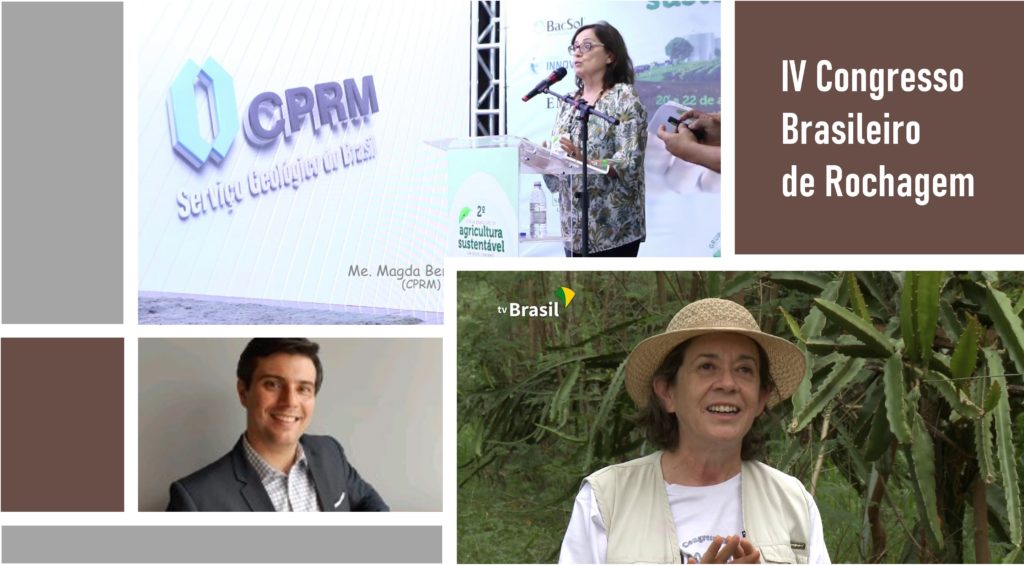
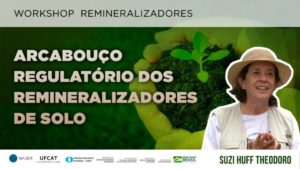
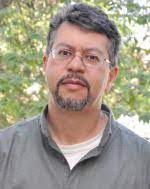
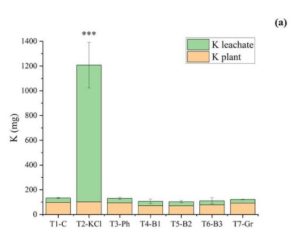
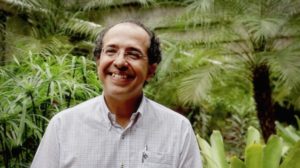
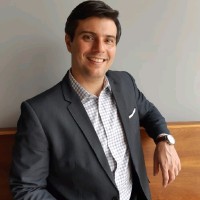






Got something to say?